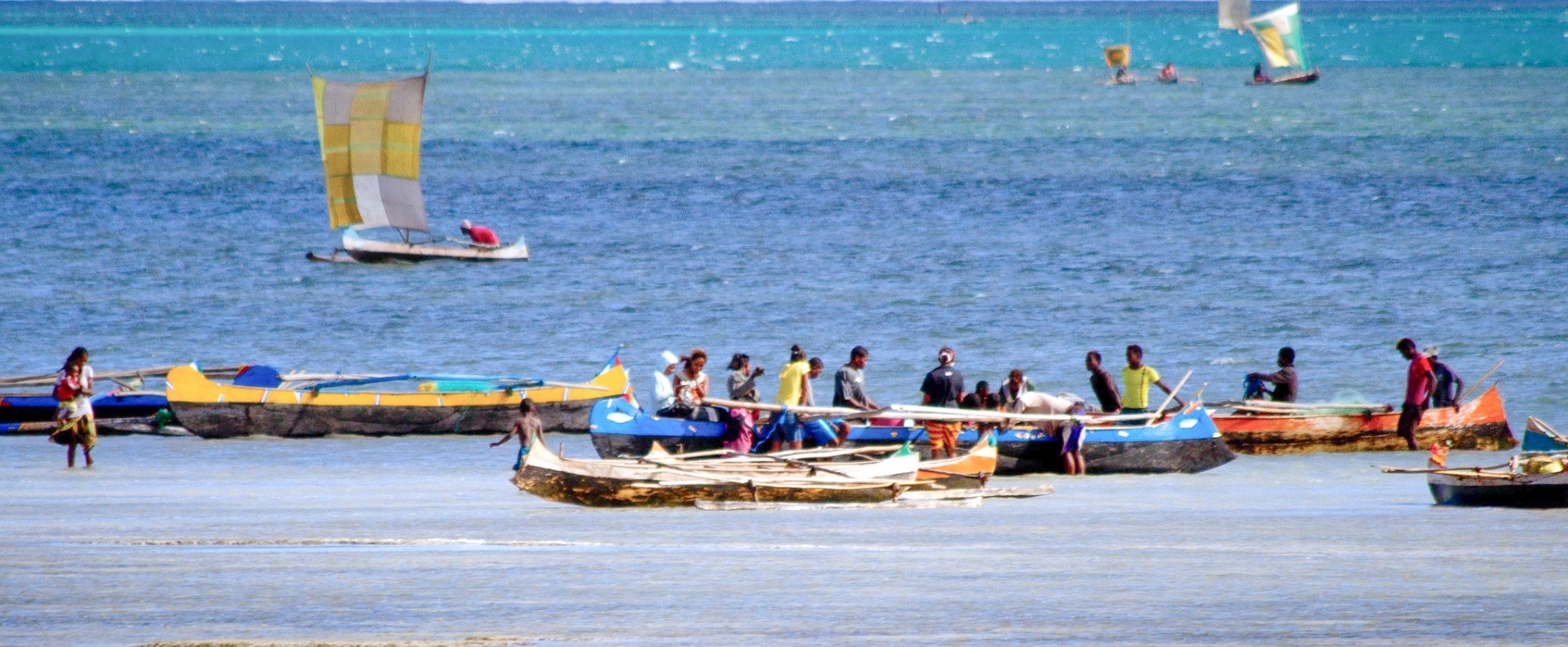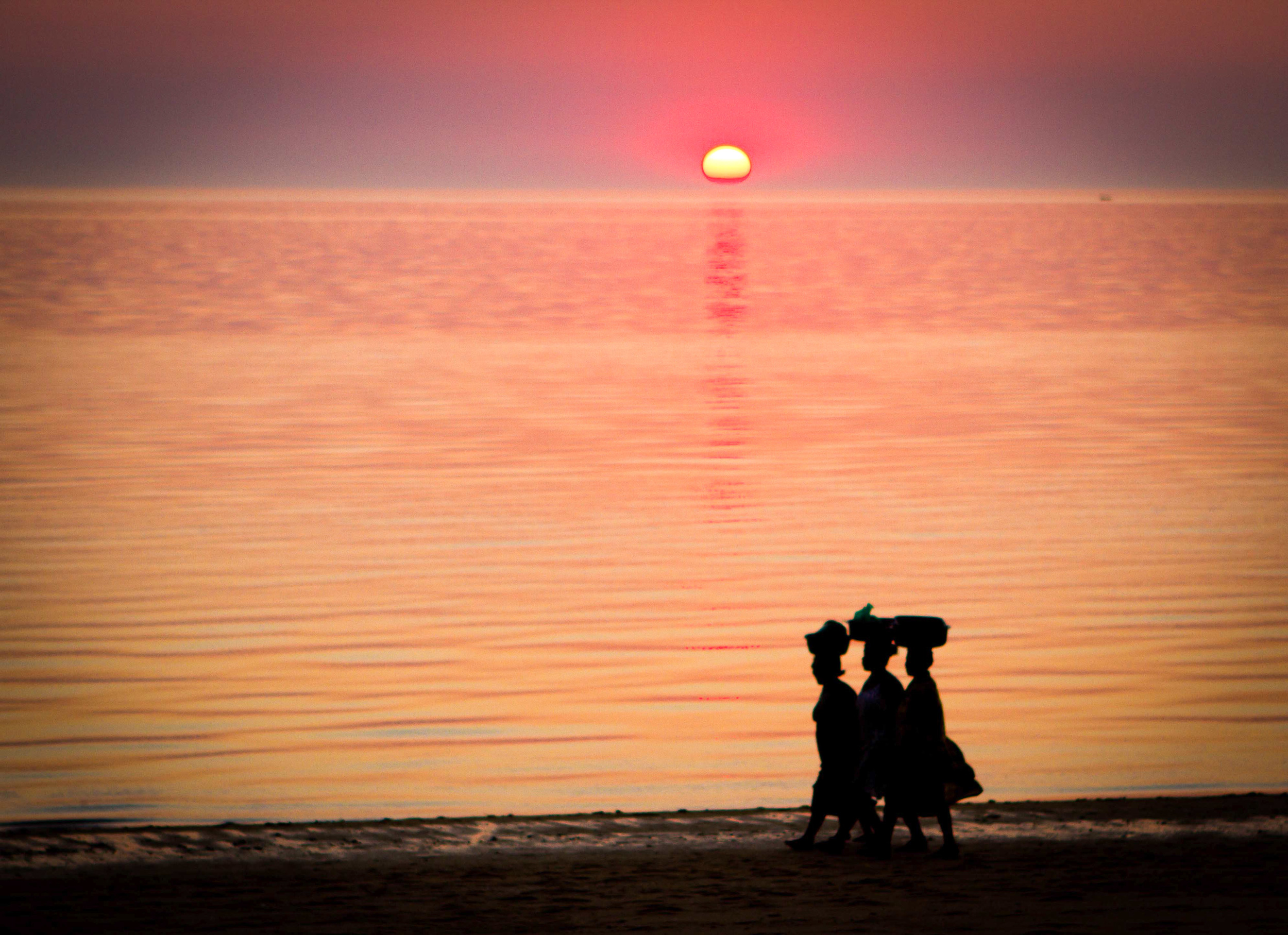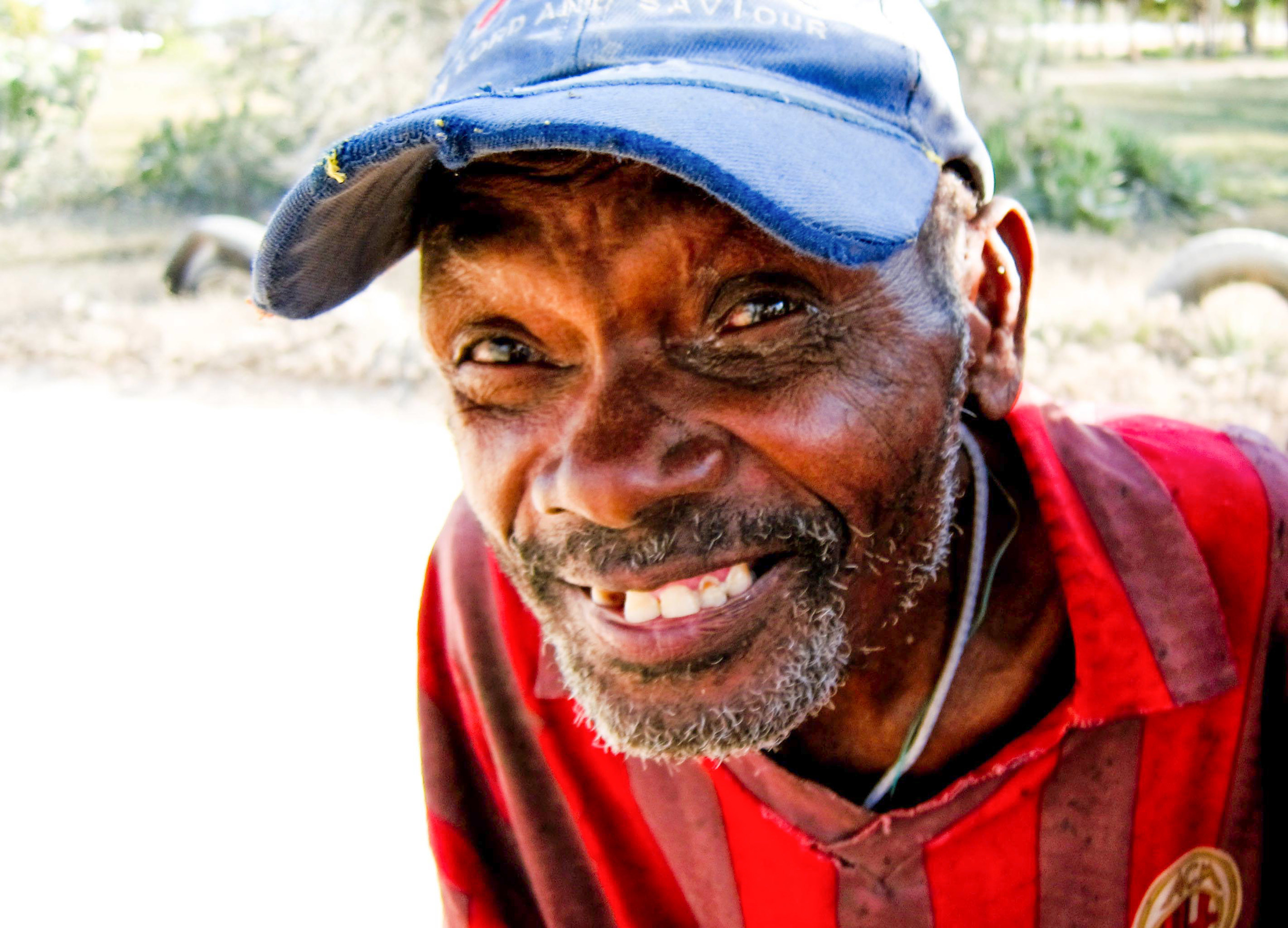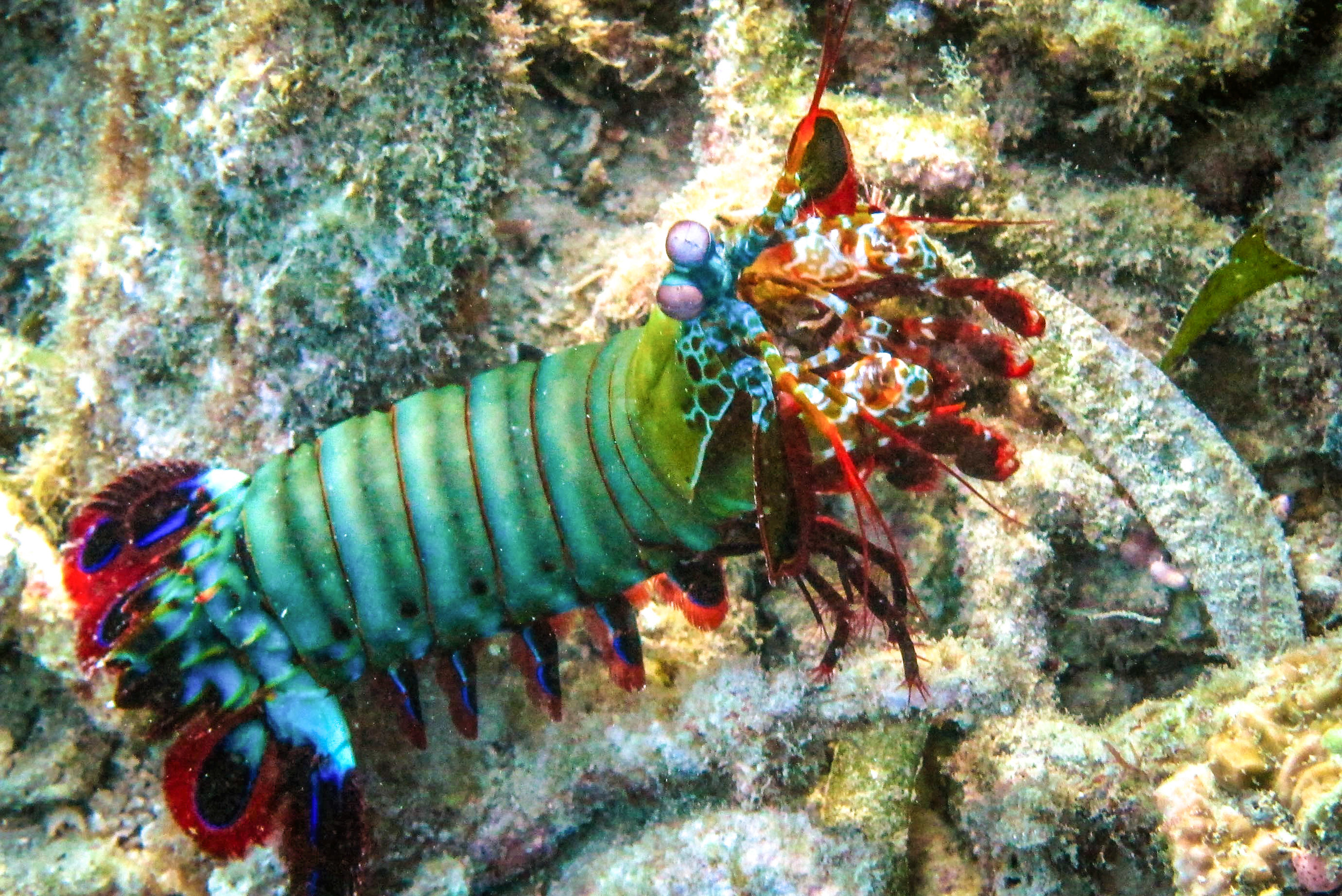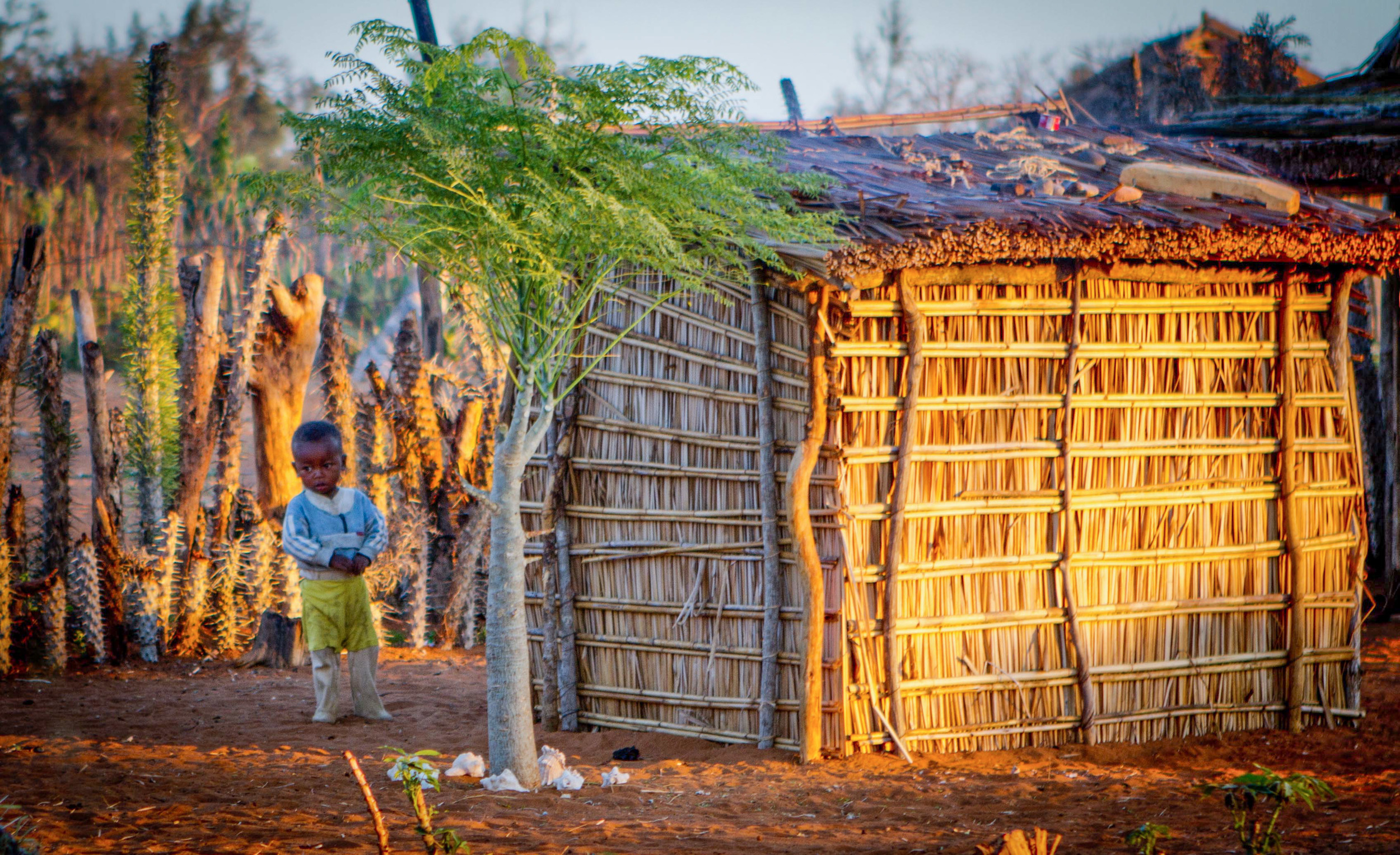Madagascar
Since I was a little girl I’ve always wanted to travel to Africa and volunteer, and in 2012 I was finally able to make that happen. I boarded a plane to Madagascar in July and spent one month volunteering for ReefDoctors, working with marine biologists and additional volunteers from around the world to help preserve and educate about the third largest reef in the world. It was a one of a kind experience.
I should mention this was the first time I had really traveled alone. Sure I had been to several countries in Europe and Central America, but never by myself. On the plane over, I had a profound sensation of fear, excitement, exhilaration, and an underlying calm of knowing there was no place else I was supposed to be.
Stepping off the plane I was instantly overcome with the feeling that I was far from home. The everyday comforts from toilet paper in the bathrooms, down to English as a common language were no longer going to be my “norm” for the next month, and I know it seems trivial, but I felt like I was going to grow and learn from this experience more than any other in my life to date.
An hour car ride through 10 miles of pot hole covered dirt roads later, I finally arrived to the Reef Doctor’s camp where I was greeted with a mix of British, European and Australian volunteers and staff. I have to admit it was one of the first times in my life I actually felt like a minority as the sole American amongst the group….and one of the only volunteers who knew as much about aquatic life as you can learn from Finding Nemo. The patient and educated staff and volunteers helped me learn about the state of the reef, the power of education to the locals about over fishing and what we could do to help. Did you know that if we keep fishing at the rate that we are today that there will be hardly any fish left for the next generation? And you can actually make a difference by being conscious of how much fish you consume and use moderation, since the preservation is based on a simple rule of supply and demand. With preservation as one of the main goals of the program, I was fortunate enough to be there during the first stages of the reef conservation program and the envisioning and planting of the Coral Tree at one of the dive sites. Within a few years the coral pieces will grow and be replanted on a BioRock© that will increase the structural integrity of the current reef system, creating habitats for the fish and thus bringing more fish to the reef. It felt inspiring to be part of such a worthwhile cause, and to get the community involved as well.
Now other than the animated cartoon I knew very little about Madagascar or what exactly to expect when I got there about the culture, people and the day to day life of the Malagasy. It turns out that their days are based on what we would consider the “simple” way of life. You wake when the sun rises and go to bed when it sets, mostly because there is no electricity, except for an hour or two a day if you’re lucky. The men set out to go fishing in their hand wood carved pirogues (canoes) that cascade across the ocean adding a blanket of sails over the calm morning sea. The women take to the nearby village Mangilie, about an hour’s walk along the beach, with items to sell, which they transport in buckets weighing upwards of 15 pounds carried effortlessly on their heads, while a baby is slung over their back and another little one plays at their feet. I watched in awe from my bungalow as this ritual took place day after day from sun rise to the breathtaking sun set.
When it comes to safety, or OUR idea of “safety”, it seems to not be a valid concern in this culture, especially when it comes to getting from point A to point B. There are 3 main forms of transportation, zebu, taxibus and car. Zibo, or cows pulling a wooden wagon down the dirt road where you sit on the edge of the wagon and arrive with a much bruised backside, is normally used for shorter distances. Taxibuses are used for longer distances and come in 2 different sizes. The first is a compact truck with no brakes that is stopped by 3 boys who ride holding on to the back and pull it to stop. Inside you will find wooden benches on either side of the flat bed, where they will cram in upwards of 20 people shoved into every nook and cranny of the vehicle with 10 more hanging off the back of the cab. On top you’ll find the luggage, furniture, live animals, fish….whatever you can image piled sky high secured with ropes. The next size up is a bus….but all the same rules apply. It will usually take anywhere from 1 hour (if you’re lucky) to 4 hours to get 30 miles on the dirt road with all the stops and breakdowns along the way. And finally if you want to spend some money you can hire an actual car….but it will cost you about $30 where the taxibus only sets you back $1.50….the choice is yours.
After living in Madagascar for a month I have to say it made me appreciate how fortunate I am for what I have and reminded me what truly is important in life and what we can live without. If you want to read more about my experience I did a guest blog for ReefDoctors you can find here. It was an experience that I won’t soon forget with amazing people, beautiful ambiance and awesome diving!


